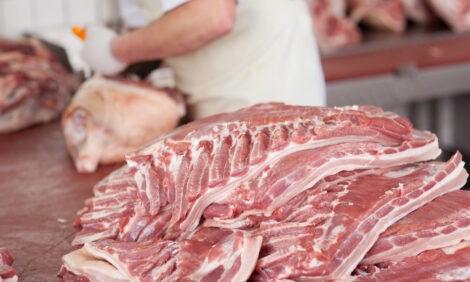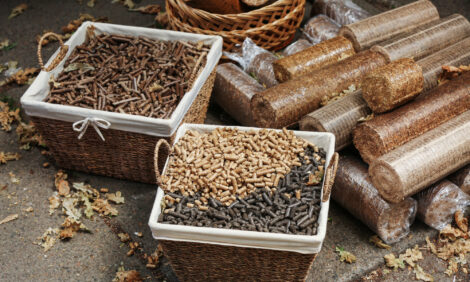



Industry Concentration not Blamed for Food Price Rises
US - Retail food prices grew faster than the prices farmers received for agricultural commodities, according to a new report United States Government Accountability Office (GAO). There was no clear evidence that industry concentration had affected these trends.Over the past 25 years, farmers have received a decreasing share of the consumer food dollar, according to the GAO report. Some analysts and farm interest groups are concerned that this decline can be attributed, in part, to increasing concentration in agriculture. They believe that firms in highly concentrated markets may be able to exert market power by raising retail food prices while also depressing prices farmers receive for agricultural commodities. Others have argued that concentration has facilitated changes, such as technological innovations, that have improved productivity and served to lower food prices while increasing some farm incomes.
The influence of any one factor, such as concentration, in determining agricultural commodity and retail food prices (commodity and food prices) varies and is difficult to isolate.
GAO's prior work has noted that concentration may be one of a number of factors that can influence prices along the food marketing chain from farms to food processors, retail stores and finally, consumers. To better understand the impact of concentration on commodity and food prices, economists have used a variety of analytical techniques and data sets. However, their work has been complicated by various issues, such as the difficulty in fully accounting for shifting consumer demand for food products, the introduction of new processing and distribution technologies, interactions between various levels of the food marketing chain, and the evolution of agricultural and other government policies.
In summary, GAO found the following:
- Concentration generally has increased at all levels of the food marketing chain in all agricultural sectors since the 1980s. At the farm level, less than two per cent of farms accounted for 50 per cent of total sales in 2007. At the food processors' level, in general, a small number of companies accounted for a large and growing portion of sales in each of the five major agricultural sectors. For example, in the pork sector, the market share of the largest four hog slaughtering firms increased from 36 per cent in 1982 to 63 per cent in 2006. In addition, at the retail level, the share of grocery store sales held by the largest four firms more than doubled, from 16 per cent in 1982 to 36 per cent in 2005.
- While real annual per capita food expenditures have increased since 1982, households now spend a smaller share of disposable income on food. Total annual per capita food expenditures rose from $3,358 in 1982 to $3,888 in 2007, in constant 2008 dollars. Meanwhile, household spending on food decreased from 13 per cent of disposable incomes in 1982 to 10 per cent in 2007. Since 1982, overall food prices and food prices in each of the five major agricultural sectors have increased about as much as prices for consumer goods and services overall. However, from July 2008 through December 2008, food prices increased faster than the prices of other goods and services. Since then, food prices generally have not changed significantly.
- Since 1982, farmers have generally received higher monthly prices for their commodities but these prices have increased less than food prices and inflation in the broader economy. Specifically, prices farmers received, including for beef, pork, dairy and grains, increased by 34 per cent from January 1982 to April 2009. For the same period, food prices rose by 128 per cent, and prices in the general economy rose 102 per cent. Commodity prices increased significantly in 2008, reaching a high of 68 per cent above their 1982 levels in July 2008, but have declined since then.
- The empirical economic literature has not established that concentration in the processing segment of the beef, pork or dairy sectors or the retail sector overall has adversely affected commodity or food prices. Most of the studies that we reviewed either found no evidence of market power or found efficiency effects that were larger than the market power effects of concentration. While a few studies found some evidence of market power, it is unclear whether this market power was caused by concentration or some other factor. All of the experts GAO spoke to said that concentration probably did not cause the 2008 increase in commodity and food prices, which were more likely due to factors such as higher energy costs and growing global demand for grains. Experts generally said that concentration is likely to increase in the future. Some said further increases in concentration may raise greater concerns in the future about the potential for market power and the manipulation of commodity or food prices. One expert said further increases in concentration would continue to generate efficiency gains and be beneficial.
Further Reading
| - | You can view the full report by clicking here. |









